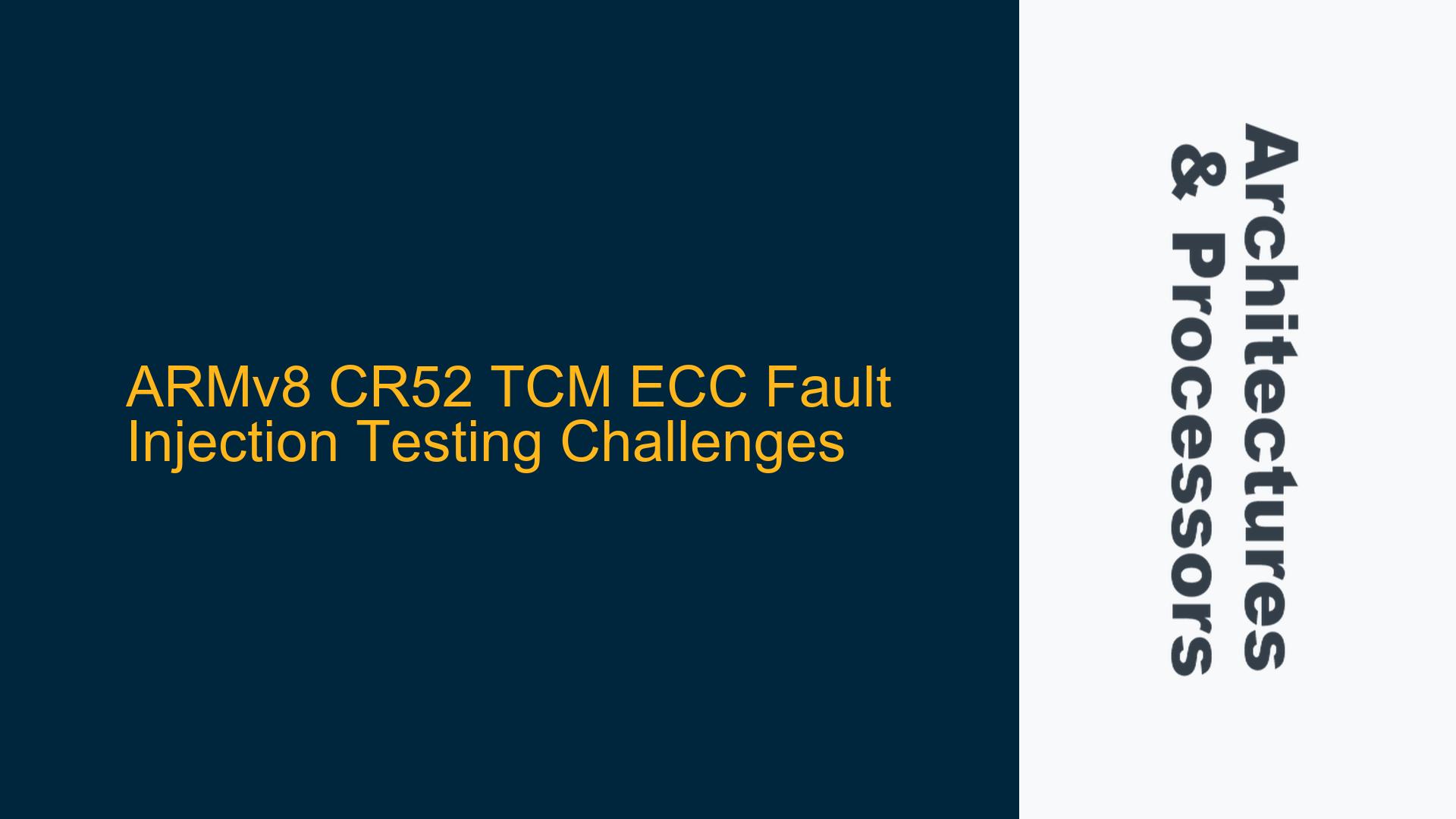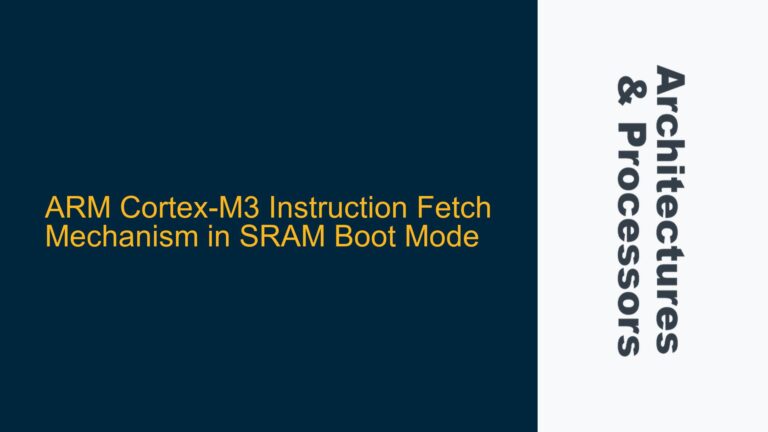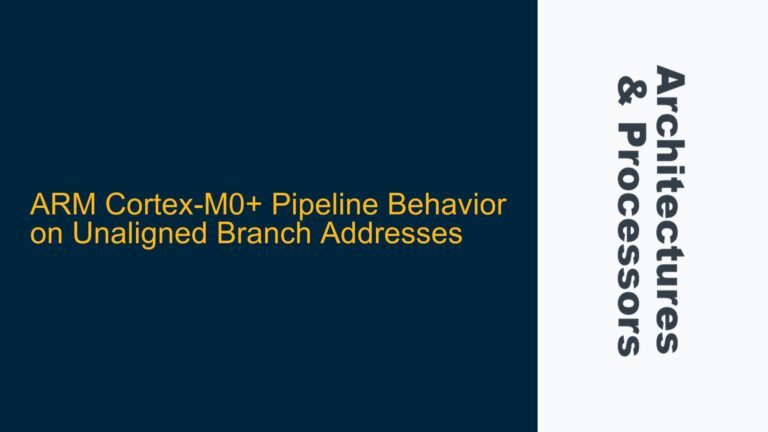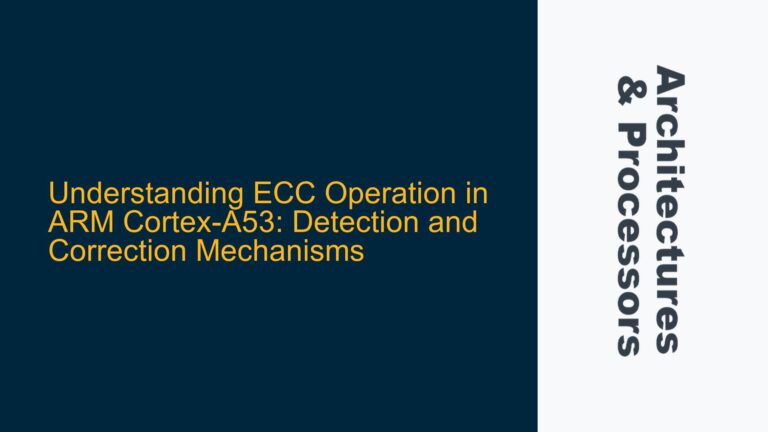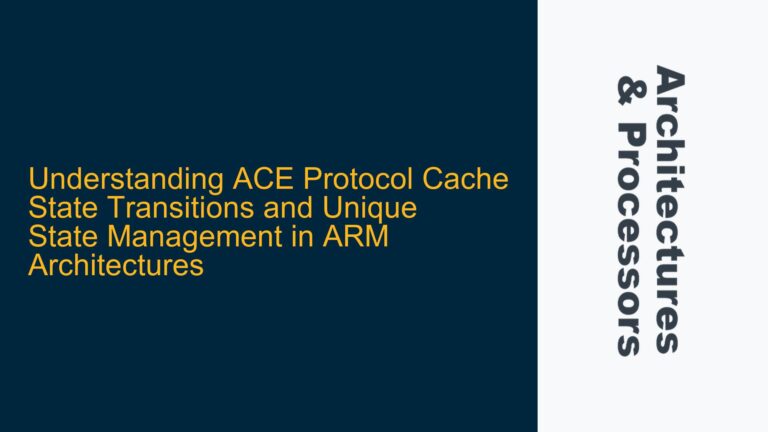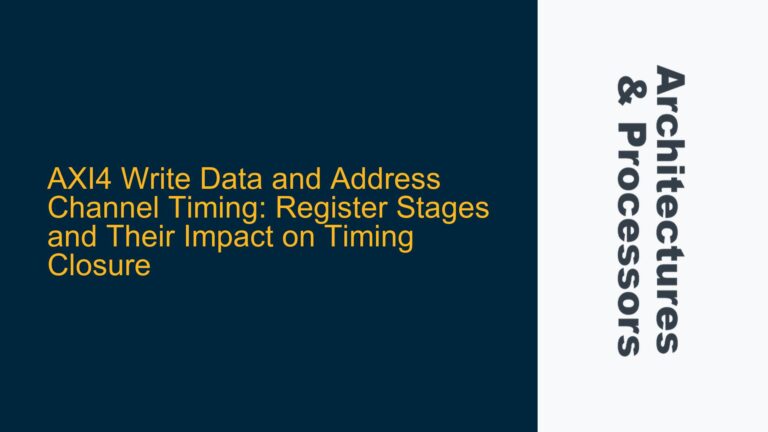ARMv8 CR52 TCM ECC Fault Injection Testing Overview
The ARMv8 CR52 architecture, particularly when implemented in Renesas T2M series chips, incorporates Error Correction Code (ECC) functionality for both Cache and Tightly Coupled Memory (TCM). ECC is a critical feature for ensuring data integrity in safety-critical and high-reliability applications. It detects and corrects single-bit errors and detects double-bit errors, preventing data corruption and system failures. However, testing ECC functionality, especially through fault injection, presents unique challenges. Fault injection testing is essential for validating the robustness of ECC mechanisms, ensuring they can handle real-world scenarios such as radiation-induced bit flips or hardware faults.
In the context of ARMv8 CR52, TCM ECC fault injection testing involves deliberately introducing single-bit and double-bit errors into the TCM memory to verify that the ECC logic correctly identifies and corrects these errors. This process is crucial for compliance with safety standards like ISO 26262 (automotive) or IEC 61508 (industrial), where fault tolerance and error handling are rigorously evaluated. However, the ARMv8 CR52 architecture does not provide explicit documentation or built-in mechanisms for ECC fault injection in TCM, leaving developers to devise their own methods.
The absence of detailed guidance in the ARMv8 CR52 kernel manual complicates the implementation of ECC fault injection testing. Developers must rely on a deep understanding of the ARMv8 architecture, the specific implementation of ECC in the Renesas T2M series, and low-level hardware-software interactions to design an effective testing strategy. This requires careful consideration of memory mapping, cache coherency, and the timing of fault injection relative to memory access operations.
Memory Mapping and ECC Implementation in ARMv8 CR52 TCM
To understand the challenges of ECC fault injection testing, it is essential to examine how ECC is implemented in ARMv8 CR52 TCM. TCM is a high-speed memory tightly coupled to the processor core, providing deterministic access times and low latency. ECC in TCM typically involves additional bits stored alongside each data word to enable error detection and correction. For example, a 32-bit data word might be accompanied by 7 ECC bits, allowing single-bit error correction and double-bit error detection.
The ARMv8 CR52 architecture integrates ECC logic into the memory controller responsible for TCM. This logic automatically computes ECC bits during write operations and verifies them during read operations. When an error is detected, the ECC logic either corrects the data (for single-bit errors) or raises an exception (for double-bit errors). However, the architecture does not provide direct access to the ECC bits or a straightforward mechanism for injecting faults into the TCM memory.
The Renesas T2M series chip implements the ARMv8 CR52 architecture, but the specifics of ECC implementation may vary depending on the chip’s memory controller design. Developers must consult the chip’s technical reference manual to determine the exact memory mapping and ECC configuration. This includes identifying the memory addresses corresponding to TCM, understanding how ECC bits are stored, and determining whether the memory controller supports any debug or test modes that facilitate fault injection.
Challenges in ECC Fault Injection Testing
The primary challenge in ECC fault injection testing for ARMv8 CR52 TCM is the lack of direct hardware support for injecting faults. Unlike some other architectures that provide dedicated fault injection mechanisms, ARMv8 CR52 requires developers to use indirect methods to introduce errors into TCM. These methods must account for the timing of memory accesses, the interaction between the processor core and the memory controller, and the potential impact on cache coherency.
Another challenge is ensuring that the injected faults accurately simulate real-world error conditions. For example, single-bit errors should be introduced in a way that mimics random bit flips, while double-bit errors should reflect correlated faults that ECC cannot correct. This requires precise control over the memory access patterns and the ability to manipulate specific bits in the TCM memory.
Additionally, the ARMv8 CR52 architecture’s cache coherency mechanisms can complicate fault injection testing. If the TCM memory is cached, the processor may read data from the cache instead of the TCM, bypassing the ECC logic. Developers must ensure that fault injection tests account for cache behavior, potentially requiring cache invalidation or flushing to force memory accesses to the TCM.
Debugging and Diagnostic Tools for ARMv8 CR52 TCM ECC
To address these challenges, developers can leverage debugging and diagnostic tools provided by ARM and Renesas. ARM’s CoreSight debug architecture, for example, offers features for monitoring and controlling memory accesses, which can be useful for fault injection testing. Renesas may also provide chip-specific tools or registers that enable low-level control over the memory controller and ECC logic.
One approach is to use the ARMv8 CR52’s memory-mapped I/O (MMIO) capabilities to access TCM memory
